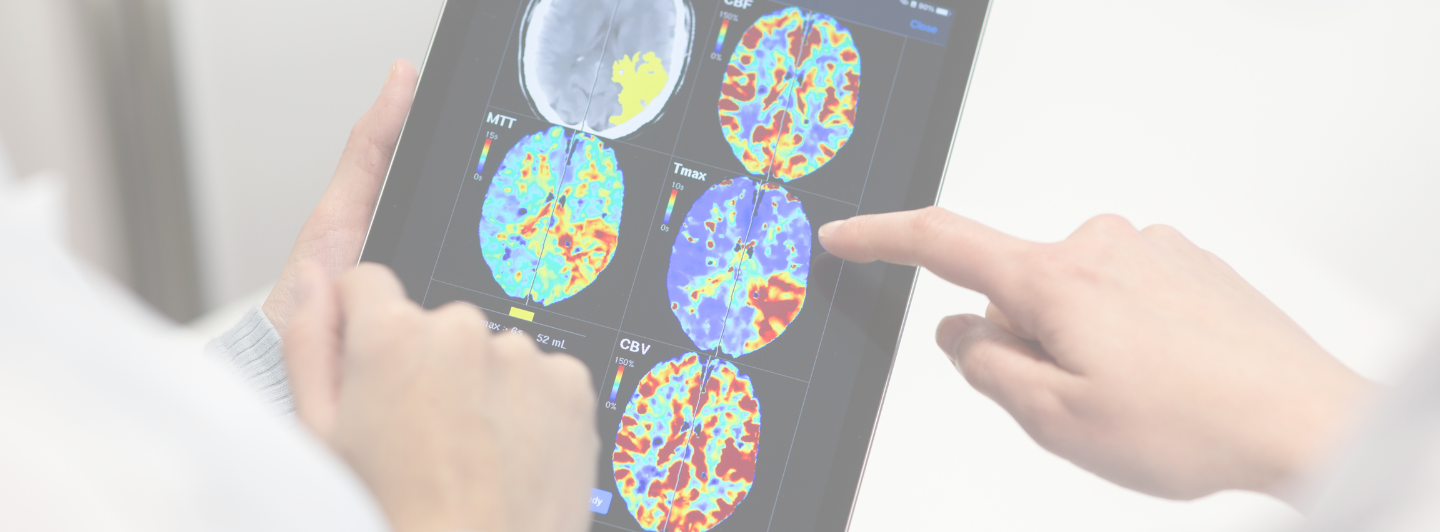In the dynamic world of stroke care, where every second counts and collaboration is key to saving lives, the role of ongoing training and development cannot be overstated. Enhancing team expertise and cohesion is crucial in a field that is rapidly evolving, thanks to the advent of cutting-edge technology and Artificial Intelligence (AI). These advancements are not merely additions to the healthcare toolkit; they are transforming the fabric of medical teamwork, enabling more precise, efficient, and effective patient care.
The Catalyst for Change
Healthcare settings are dynamic environments characterized by constant change and the need for continuous learning. The advent of technology and AI in healthcare has necessitated a shift in how medical teams operate and collaborate. Training and development programs designed to enhance team expertise and cohesion have emerged as critical tools in bridging the gap between traditional medical practices and the demands of modern healthcare delivery.
The Role of Training and Development Programs
Recent literature underscores the significant impact of training and development programs on medical teams. Programs that integrate simulation-based training with theoretical learning have shown to improve teamwork processes, such as communication, coordination, and cooperation. This, in turn, has been associated with enhanced patient safety outcomes, including reduced mortality and morbidity rates across various clinical contexts (Weaver, Dy, & Rosen, 2014). Furthermore, team training interventions tailored to the nuances of the clinical setting are more likely to become embedded in practice, highlighting the importance of context-specific programs (Gillespie, Chaboyer, & Murray, 2010).
Enhancing Team Expertise
At the heart of these training programs is the goal of enhancing team expertise. Systematic reviews have demonstrated that both simulation and classroom-based interventions can significantly improve teamwork behaviors and clinical care processes, with larger effects observed in programs that include organizational changes to support the application of teamwork competencies in daily practice (Husebø & Akerjordet, 2016). This evidence suggests that training programs that are comprehensive and integrate various learning methods are more effective in enhancing team expertise.
Fostering Team Cohesion
In addition to improving technical skills and knowledge, training programs play a crucial role in fostering team cohesion. Programs that focus on interdisciplinary collaboration and leadership development are particularly effective in this regard. Leadership training, for instance, has been shown to not only improve organizational performance but also enhance team cohesion, promoting an environment where collaborative practice is the norm rather than the exception (Frich, Brewster, Cherlin, & Bradley, 2014).
Real-World Impact
Evidence of the impact of technology-enhanced training programs on team performance and patient care is growing. Studies have shown that simulation-based training can significantly improve clinical skills and team communication, leading to better patient outcomes. Furthermore, AI-driven analytics can provide teams with insights into their performance, identifying areas for improvement and fostering a culture of excellence.
Embracing the Future with Strokeviewer
In the quest to enhance collaboration within multidisciplinary medical teams, Strokeviewer stands out as a pioneering solution. By harnessing the power of AI to provide real-time analysis and recommendations, Strokeviewer enables teams to make swift, informed decisions in stroke care. To discover how Strokeviewer can transform your team’s approach to stroke treatment, we invite you to schedule a demo and explore its capabilities firsthand.
The integration of technology and AI into medical teams through targeted training and development programs is not just enhancing team expertise and cohesion; it’s redefining the parameters of patient care. As we stand on the brink of a new era in healthcare, the possibilities for innovation and improvement are limitless.

